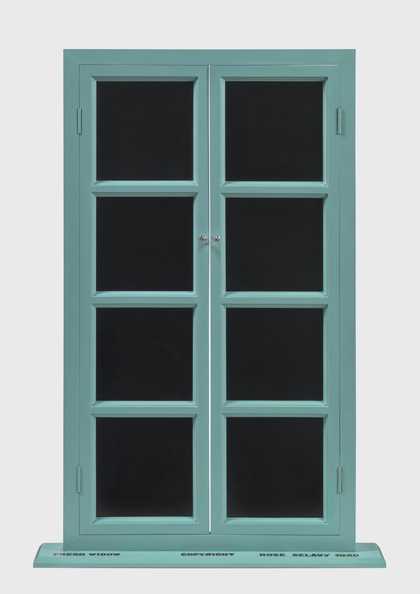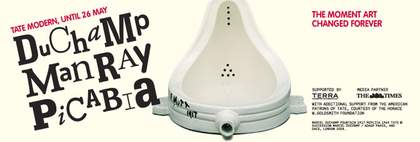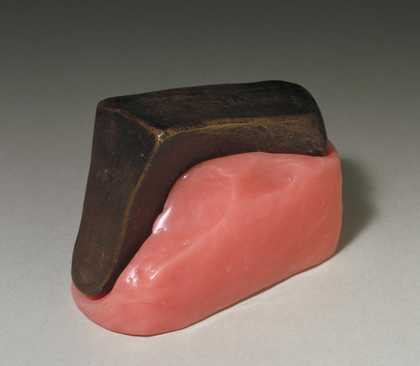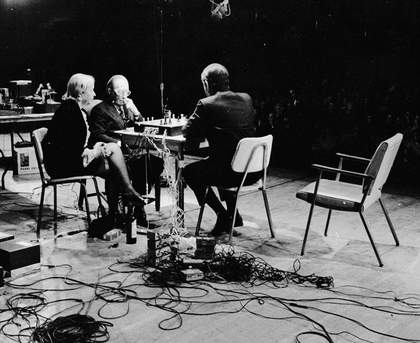Marcel was busy flat-hunting. He sometimes took me along to visit domestic premises that turned out to be complete fiascos. They would be charging an inflated price for the furniture and fittings, whereas everything still had to be done, including the bathroom. It did not stop us from discussing our ideas of the perfect flat. No furniture, just cupboards hidden behind walls of plywood. Marcel taught me to appreciate the beauty of raw materials. No need for exotic wood or other rare and costly materials to fit out a flat that would be pleasant to live in. A plaster wall has a splendour and delicacy of its own if an effort is made to keep it matt and immaculate; whitewood has a delicate satiny grain that needs neither a coat of walnut stain to pass it off as oak, nor thick coats of paint to cover it up completely; a lead pipe can glisten with a dull sheen and add a light touch where it was not expected, or a gay band of colour if coated with minium (which is not paint but a natural protective medium).
At first I thought his taste for natural things was a reaction against the ‘refined‘ aesthetic propounded by the recent exhibition of les arts decoratifs. I asked him about it: ‘As far as lizards go, I have only encountered the variety that basks in the sun. What are these lizards décoratifs? Is it a new species?‘ He added: ‘If a butcher makes a sculpture out of lard or saindoux, is it culinary or domestic lard? And what about […] the lard of war?‘ So tell me about the Arts. Art is simply the technical knowledge that goes with a profession. Look it up in the Larousse dictionary. So what are the Fine Arts? All the arts are fine. The knifegrinder’s art is particularly fine, and fascinating with it. But he is an artisan. Artisan, artist, what’s the difference? My hairdresser calls himself an artist, so does the man in the patisserie, but Gaston’s art is manual, so that makes him an artisan.‘
His ironic tone suggested that there was much left unsaid, but I did not insist as I feared I might have got it all wrong.
‘There is no such thing as decoration,’ he continued.
‘The whole concept needs to be buried. We take furniture in, that’s all. We buy the things we need for our comfort. Keep desires to a minimum and do away with what is not strictly practical. That’s it in a nutshell: fittings must be useful.’
‘No curtains for the windows, then?’ I asked.
‘It’s impossible to know in advance in what direction the windows will face. Oil-paper, held in place by rubber suction-cups, makes an efficient screen.’
‘Granted. What do we lay on the floor?’
‘In winter: skins, for they are soft and warm; in summer; rush-matting or straw-matting, for they are cool.’

Marcel Duchamp
Fresh Widow (1920, replica 1964)
Tate
© Succession Marcel Duchamp/ADAGP, Paris and DACS, London 2026
- ‘Trilead tetroxide (known as red lead, or minium) is the orange-red to brick-red pigment commonly used in corrosion-resistant paints for exposed iron and steel’ (Encyclopaedia Britannica). Duchamp used minium rather than paint in the Large Glass. – Marc Décimo and translator’s note.
- The decorative arts, a reference to the famous 1925 Exposition des arts decoratifs in Paris which gave rise to the term Art Deco.In French les arts is a homophone of lézards or lizards. The pun is an old one (Félicien Champsaur and his illustrator dwell on it in Entrée de Clowns 1884), but it still seems to give pleasure in Paris today. – translator’s note.
- Lard, fat, means the same in French and English, but in French is a homophone of L’art, art. Duchamp puns grotesquely on culinary lard/art (creating another reference to the arts decoratifs the domestic arts). The punning reaches a climax with a lard of war – in the original ‘gros lard militaire’,a combination of gros lard (fat slob) and l’art militaire (the art of war). As a noun militaire means soldier, so ‘gros lard militaire‘ is also the disrespectful ‘fat military ‘. Saindoux is another word for lard, and the military slang for a corporal is saindoux. – translator’s note.




